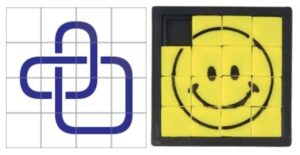
Yes, it’s that time of year again. You promised yourself you wouldn’t end up here, but here you are, preparing to enter the all-too-familiar “grading jail.” As we revisit the article “How to Escape Grading Jail,” Kevin Gannon offers long-term strategies for “next time.” However, he also provides practical tips for leveraging technology to streamline our grading processes.









